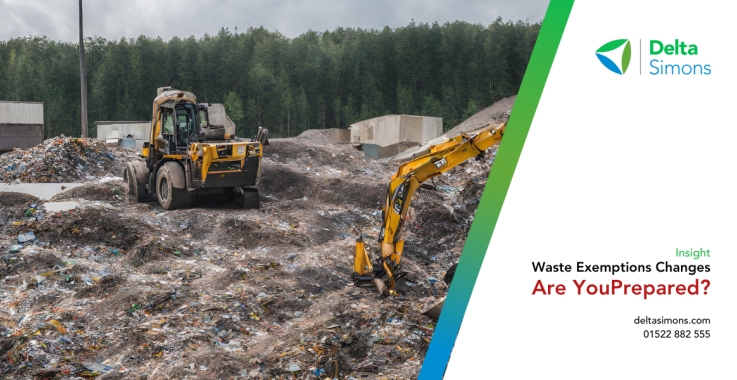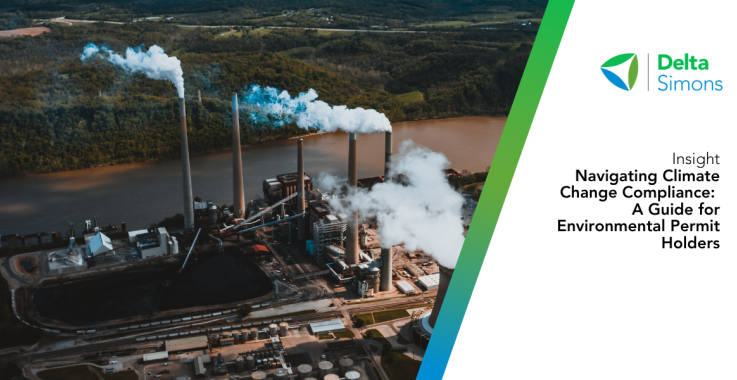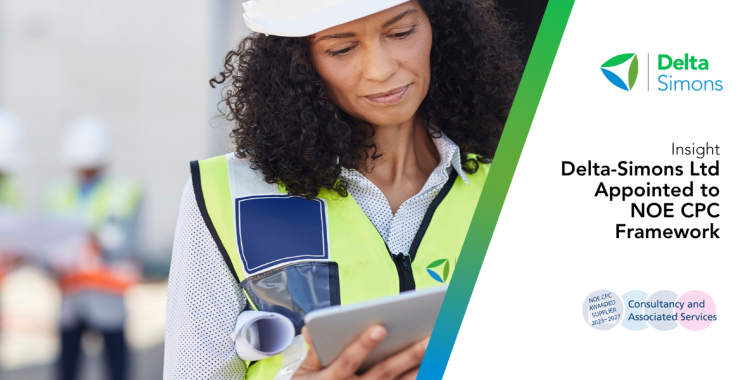Carbon Offsetting or Insetting?
27 Jan 2023
Carbon management
Sustainability
Environmental Social Governance (ESG)
World Data Lab states that 57,838,084,000 tons of Greenhouse Gas Emissions were released in 2022. At COP27, William Ruto, President of Kenya, stated;
"In the face of impending catastrophe, whose warning signs are already unbearably disastrous, weak action is unwise. No action is dangerous."
Carbon offsetting has received bad press over the years including most recently from The Guardian which reported, after investigation, that more than 90% of rainforest carbon offsets verified by the world’s biggest provider of carbon offsets are worthless. Whilst carbon offsetting continues to receive negative press, Tim Mawby provides insight into carbon offsetting, what is it, what types of projects there are, and whether carbon insetting is the new offsetting.
What is Carbon Offsetting?
Carbon offsetting is the process of compensating for CO2e emissions arising from industrial or other human activity, by participating in projects designed to make equivalent reductions of CO2e in the atmosphere.
It can be used to take account of an organisation’s actions. Climate change is a huge threat to mankind, with the majority of global emissions having been generated in the last 30 years. Currently on track for a 4oC increase in the average global temperature by 2100. The International Panel of Climate Change (IPCC) has stated that a target of no more than 1.5-2oC rise needs to be achieved. Although this may seem daunting, we are still in a position where we can do something about it.
Many projects are verified by third parties such as the Gold Standard or the Voluntary Carbon Standard. One of the largest reasons for verification is so that projects can prove their additionality or a guarantee that the buyer’s investment in the project will actively improve or expand the output of the selected carbon offset project.
There are generally three types of carbon offset projects. These are:
- Natural Climate Solutions – removes carbon emissions through forest and grassland conservation and tree planting. Each project supports wildlife and enhances the lives of people who depend on these landscapes for their livelihoods.
- Health & Livelihoods – boosts livelihoods and creates economic opportunities. Household solar lighting systems, improved efficiency cookstoves, biodigesters and water filters keep low-income families healthy by providing an affordable and clean source of energy. These projects enable time and money savings, improving quality of life for communities.
- Sustainable Infrastructure – avoids greenhouse gas emissions and reduces the use of fossil fuels. Provides a clean source of electricity, creates jobs and helps transition the grid from fossil fuels.
What are the Risks of Carbon Offsetting?
Greenwashing, or making the public/stakeholders believe that a company is doing more to protect the environment than it actually is. This can allow complacency to creep in as companies could just pay their way to achieve carbon neutrality without having to put much effort into controlling or reducing their emissions. If offsets are not verified (by the Gold Standard or otherwise), are they really removing as much carbon as they claim?
One of the more severe cases of greenwashing was Volkswagen, when they manipulated their engine testing systems to achieve lower emissions results, before offsetting in cheaper projects that did not guarantee the quantity of carbon removed.
Offsetting via tree planting projects may also be risky, as it is widely regarded that one tree absorbs approximately one tonne of carbon over its life, therefore it can be misleading to say that by planting a tree an organisation is instantly sequestering one tonne of carbon dioxide equivalent. For this reason, many tree-planting projects cannot be used to back claims of carbon neutrality or net-zero.
As previously stated, additionality may also prove to be a challenge when offsetting. It can be argued that some carbon offsetting projects would have gone ahead without the investment generated by purchasing a particular offset, therefore is an organisation actually contributing towards the sequestration of carbon? An example of this problem can be low-energy light bulb distribution projects in developing countries; would these light bulbs have been distributed without your organisation’s direct investment? If the answer is yes, then there would be no additionality provided as a result of your purchase of associated carbon credits and it may be beneficial to select another project, or seek investments that can help to expand the boundaries of the project.
When an organisation is looking to purchase carbon offset credits, it is vital that they consider the five standards for assessing high quality carbon credits: additionality, measurability, transparency, accreditation and permanence.
Carbon Insetting
An alternative to carbon offsetting is carbon insetting. This requires an organisation to counteract its emissions through carbon reduction/sequestration projects within its own value chain. Examples of carbon insetting projects include regenerative farming, local renewable energy generation projects and the decarbonisation of transportation.
Our Approach to Carbon Offsetting
At Delta-Simons, we encourage companies to take a cyclical three-step approach to carbon offsetting. These steps are:
- Calculate – measure your carbon footprint;
- Reduce – develop a carbon reduction plan in-line with IPCC targets; and
- Compensate – offset your residual emissions on an annual basis.
We also encourage our clients to invest in charismatic offsetting projects that are deemed to be more marketable (most projects are linked to the 17 Sustainable Development Goals) and therefore you are not just investing in solar panels or wind turbines. These projects tell a richer story and have benefits beyond carbon removal.
About The Author
Sustainability Consultant
An International WELL Building Institute (IWBI) accredited consultant with over 5 years of experience within the sustainability sector, Tim is a trusted advisor on sustainability, with a particular focus on carbon reduction measures, energy management strategies and climate mitigation measures.
Having worked within several public and private sector organisations Tim is well versed in delivering sustainable standards within the construction, engineering, healthcare and commercial real estate sectors.
E: tim.mawby@delatsimons.com
M: +44 (0)797 4187 395
LinkedIn: Tim Mawby






